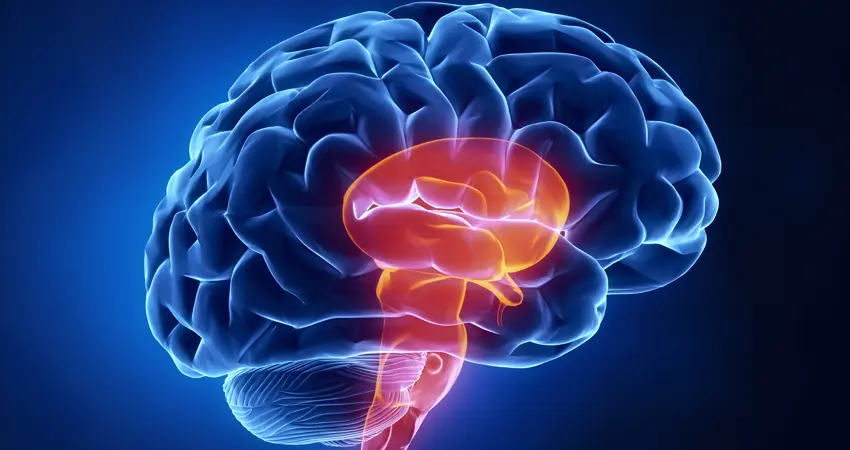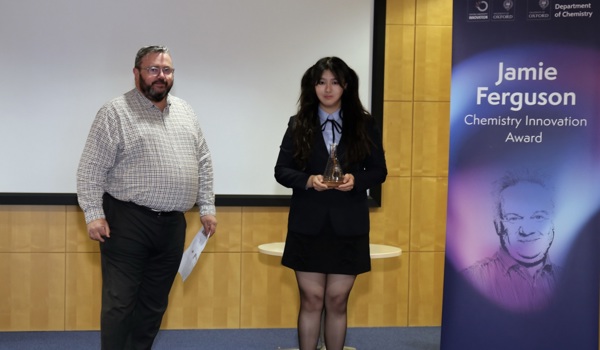05 Oct 2021
Funding to investigate role of brainstem nucleus in human consciousness
Researchers at Oxford University have received a prestigious Wellcome Innovator Grant to investigate the role of the pedunculopontine nucleus (PPN) – a brainstem nucleus – in human consciousness.

The study is a collaboration between Neurosurgery (Associate Professor Alex Green at the Nuffield Department of Surgical Sciences, NDS), Engineering Science (Professor Tim Denison at the MRC Brain Network Dynamics Unit), and Neurology (Dr Damian Jenkins at the Nuffield Department of Clinical Neurosciences). It builds on pilot data from Dr Alceste Deli who, during her DPhil, has shown that pedunculopontine nucleus (PPN) stimulation can alter sleep and arousal states.
The project will involve a 10-subject first-in-man clinical trial of PPN stimulation in patients with minimally conscious state (MCS) following brain injury (trauma or stroke) and will involve further development of a Deep Brain Stimulation investigational system called the the ‘Picostim-DyNeuMo’ that was developed in a strategic collaboration between Professor Denison and Bioinduction, Ltd, a UK-based company developing implantable medical devices. The Picostim-DyNeuMo embeds instrumentation that enables novel clinical neuroscience using therapeutic neurostimulators.
The research team aim to identify biomarkers that signify arousal state, within the brain and on EEG, and to develop ‘closed-loop’ stimulation patterns that optimise increased arousal and improve sleep. The device will also take into account circadian rhythms that are often disrupted in patients with MCS.
The trial will be supported by the Surgical Intervention Trials Unit (SITU) at NDS (Ms Lucy Davies) and there will be an ethical component led by Professor Julian Savulescu at the Oxford Martin School. Dr Martin Gillies from NDS will also be involved in the running of the project.

The patients in the trial will be implanted with Deep Brain Stimulating electrodes (connected to an Implantable Pulse Generator) into the PPN (brainstem) and signals from the brain (local field potentials), EEG (electroencephalogram) and other signals, such as physical activity, will be used to control the system in a ‘closed loop’ manner.




